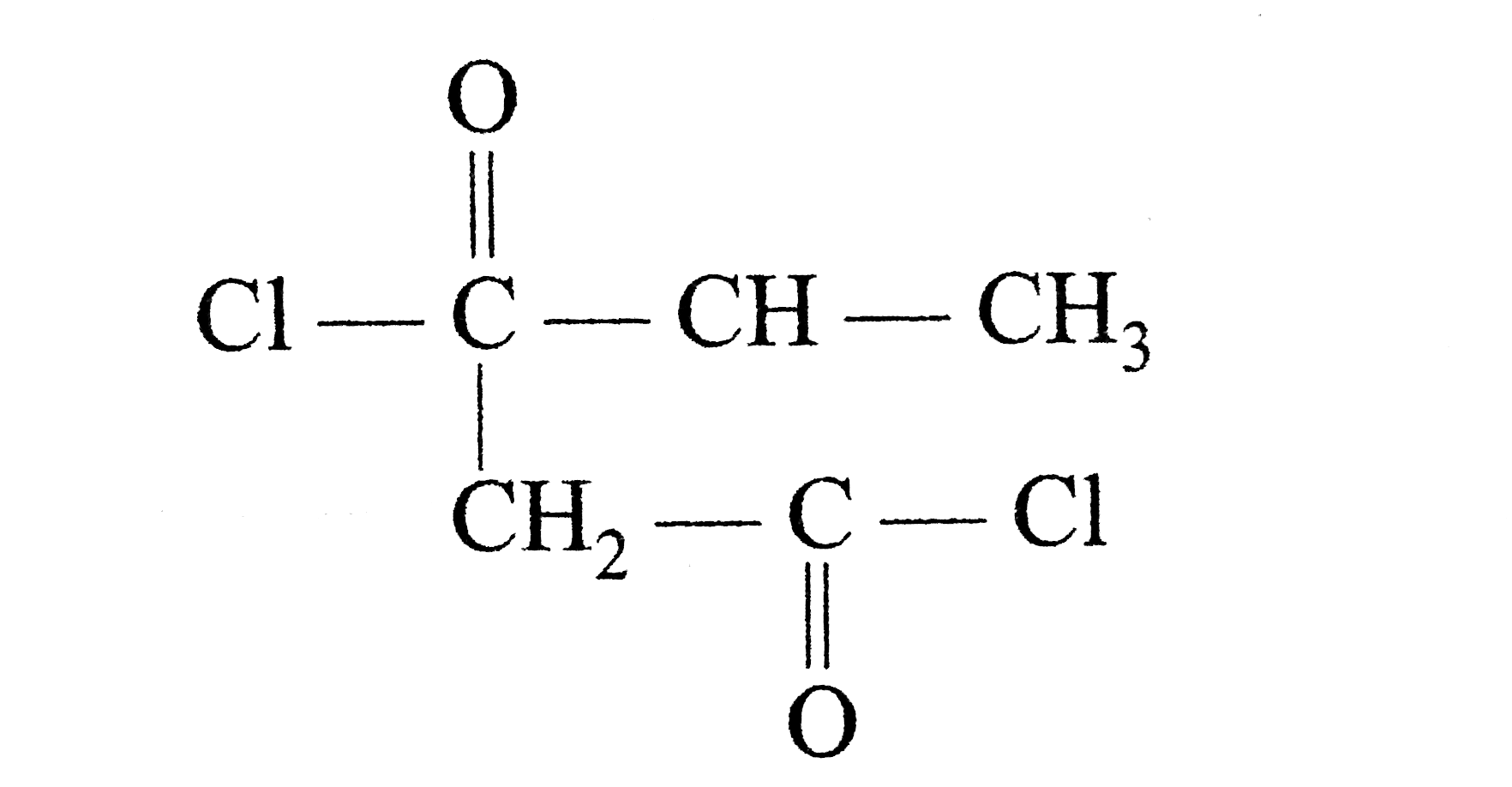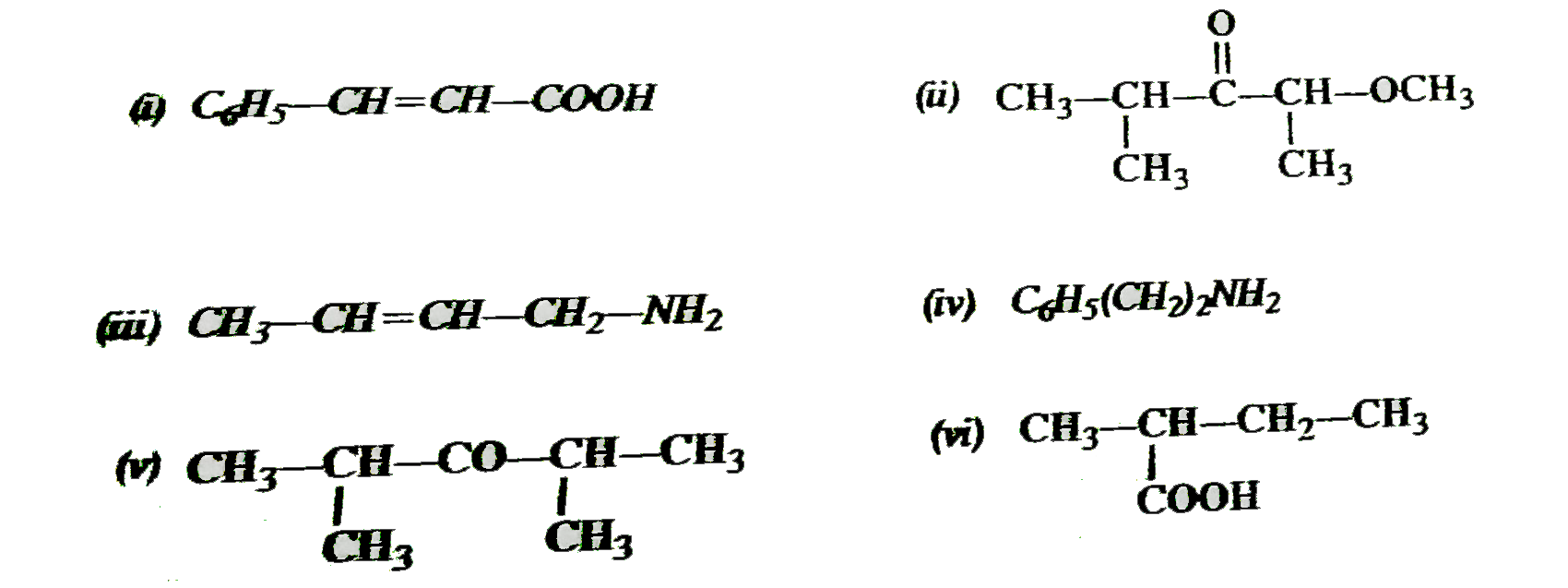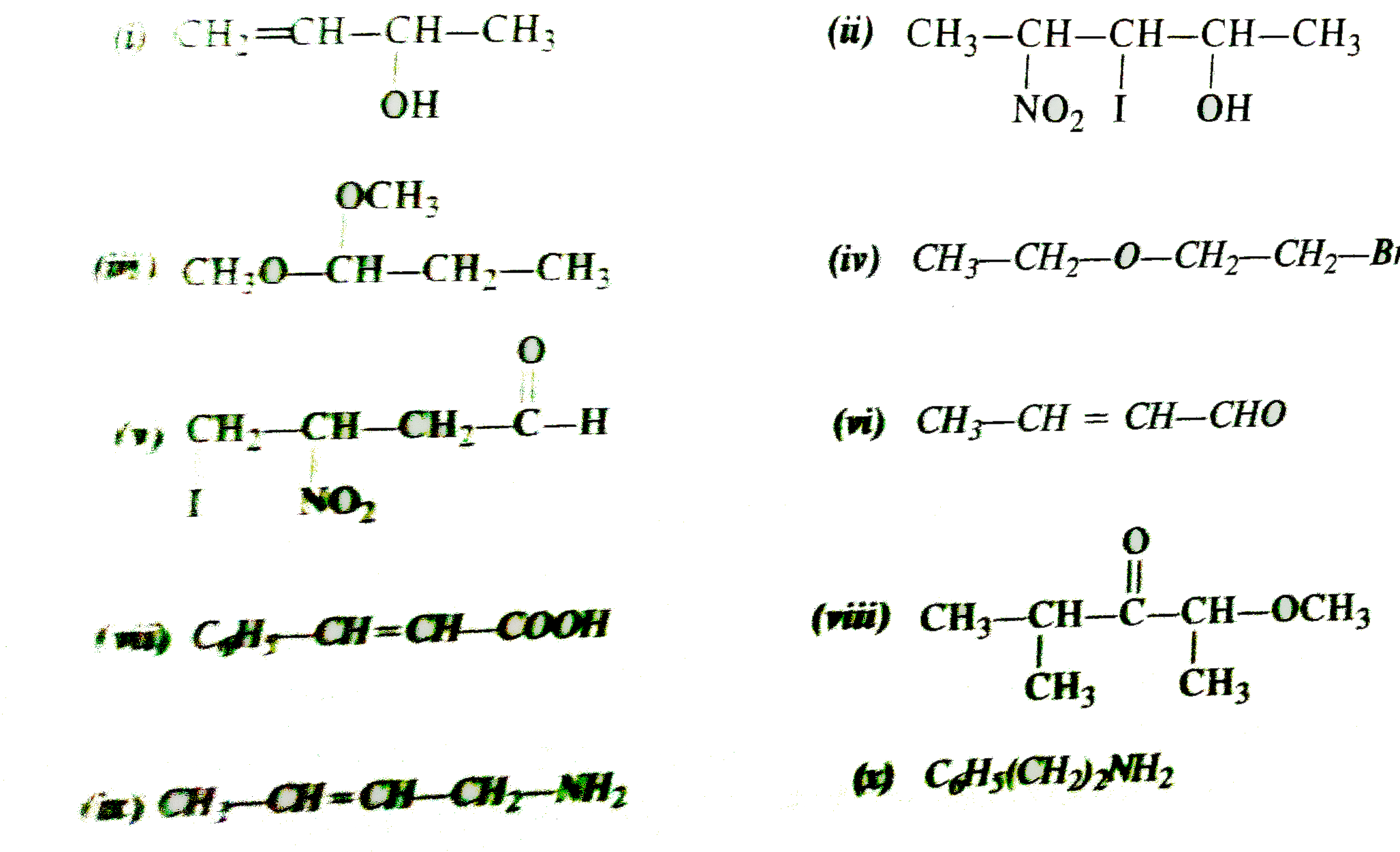Show the mechanism of acylation of ethanamine and write the IUPAC name of the product formed.
Step-by-Step Solution for the Acylation of Ethylamine
1. Identify Ethylamine:
Ethylamine is an organic compound with the formula C2H5NH2. It consists of an ethyl group (C2H5) attached to an amino group (NH2).
Hint: Recognize the structure of ethylamine as a primary amine with the ethyl group.
2. Understand Acylation:
Acylation involves the introduction of an acyl group (RCO-) into a molecule. In this case, we will use acetic anhydride (CH3CO)2O as the acylating agent.
Hint: Acetic anhydride is a common reagent for acylation reactions.
3. Reaction Setup:
The acylation of ethylamine is typically carried out in the presence of a base, such as pyridine, which helps to neutralize the acid produced during the reaction.
Hint: Pyridine acts as a catalyst and helps in the reaction by accepting protons.
4. Nucleophilic Attack:
The nitrogen atom in ethylamine acts as a nucleophile and attacks the electrophilic carbon in the acyl group (C=O) of acetic anhydride. This forms a tetrahedral intermediate.
Hint: Identify the electrophilic site (C=O) in the acyl group that the nucleophile (N) attacks.
5. Formation of the Product:
After the nucleophilic attack, the tetrahedral intermediate collapses, leading to the elimination of an acetate ion (OAc-) and forming N-acetylethylamine.
Hint: Remember that the leaving group is the acetate ion, which is a stable species.
6. Final Product:
The final product of the reaction is N-acetylethylamine, which can be represented as C2H5NHCOCH3.
Hint: The "N" in the name indicates that the acyl group is attached to the nitrogen atom.
7. IUPAC Naming:
The IUPAC name of the product formed is N-acetylethylamine. This name indicates that the acetyl group is attached to the nitrogen of ethylamine.
Hint: The prefix "N-" in the name signifies that the modification occurs at the nitrogen atom.
Summary
The acylation of ethylamine using acetic anhydride in the presence of pyridine results in the formation of N-acetylethylamine. The mechanism involves nucleophilic attack by the amine on the carbonyl carbon, leading to the formation of the product and the release of acetic acid.
Ethylamine is an organic compound with the formula C2H5NH2. It consists of an ethyl group (C2H5) attached to an amino group (NH2).
Acylation involves the introduction of an acyl group (RCO-) into a molecule. In this case, we will use acetic anhydride (CH3CO)2O as the acylating agent.
The acylation of ethylamine is typically carried out in the presence of a base, such as pyridine, which helps to neutralize the acid produced during the reaction.
The nitrogen atom in ethylamine acts as a nucleophile and attacks the electrophilic carbon in the acyl group (C=O) of acetic anhydride. This forms a tetrahedral intermediate.
After the nucleophilic attack, the tetrahedral intermediate collapses, leading to the elimination of an acetate ion (OAc-) and forming N-acetylethylamine.
The final product of the reaction is N-acetylethylamine, which can be represented as C2H5NHCOCH3.
The IUPAC name of the product formed is N-acetylethylamine. This name indicates that the acetyl group is attached to the nitrogen of ethylamine.
The acylation of ethylamine using acetic anhydride in the presence of pyridine results in the formation of N-acetylethylamine. The mechanism involves nucleophilic attack by the amine on the carbonyl carbon, leading to the formation of the product and the release of acetic acid.
Topper's Solved these Questions
- BOOK - PRADEEPCHAPTER - ORGANIC COMPOUNDS CONTAINING NITROGENEXERCISE - ADDITIONAL QUESTIONS (LONG ANSWER QUESTIONS)7videos
ORGANIC COMPOUNDS CONTAINING NITROGEN
- BOOK - PRADEEPCHAPTER - ORGANIC COMPOUNDS CONTAINING NITROGENEXERCISE - HIGHER ORDER THINKING SKILLS (HOTS QUESTIONS)7videos
ORGANIC COMPOUNDS CONTAINING NITROGEN
- BOOK - PRADEEPCHAPTER - ORGANIC COMPOUNDS CONTAINING NITROGENEXERCISE - ADDITIONAL QUESTIONS (VERY SHORT ANSWER QUESTIONS)59videos
ORGANIC COMPOUNDS CONTAINING NITROGEN
- BOOK - PRADEEPCHAPTER - HALOALKANES AND HALOARENESEXERCISE - IMPORTANT QUESTIONS FOR BOARD EXAMINATION22videos
HALOALKANES AND HALOARENES
- BOOK - PRADEEPCHAPTER - P-BLOCK ELEMENTS EXERCISE - IMPORTANT QUESTIONS FOR BOARD EXAMINATION25videos
P-BLOCK ELEMENTS
Similar Questions
Knowledge Check
- Question 1 - Select One

The IUPAC name of the product P isABenzene hexachlorideBHexachlorobenzeneCHexachlorocyclohexanaD1,2,3,4,5,6-hexachlorocyclohexane - Question 2 - Select One
Write the IUPAC name of the compound
 A2−methyl butane di thiol −1,2B3−methyl butane di thiol −1,2C1−ethyl−2−methyl butane di thiol −1,2D2−ethyl−1−methyl butane di thiol −1,2
A2−methyl butane di thiol −1,2B3−methyl butane di thiol −1,2C1−ethyl−2−methyl butane di thiol −1,2D2−ethyl−1−methyl butane di thiol −1,2 - Question 3 - Select One
Write the IUPAC name of the compound
 A3−methyl butanedioyl chlorideB2−chloro formyl butanoyl chlorideC4−chlor formyl butanoyl chlorideD2−methyl butanedioyl chloride
A3−methyl butanedioyl chlorideB2−chloro formyl butanoyl chlorideC4−chlor formyl butanoyl chlorideD2−methyl butanedioyl chloride







_S01_008_Q01.png)